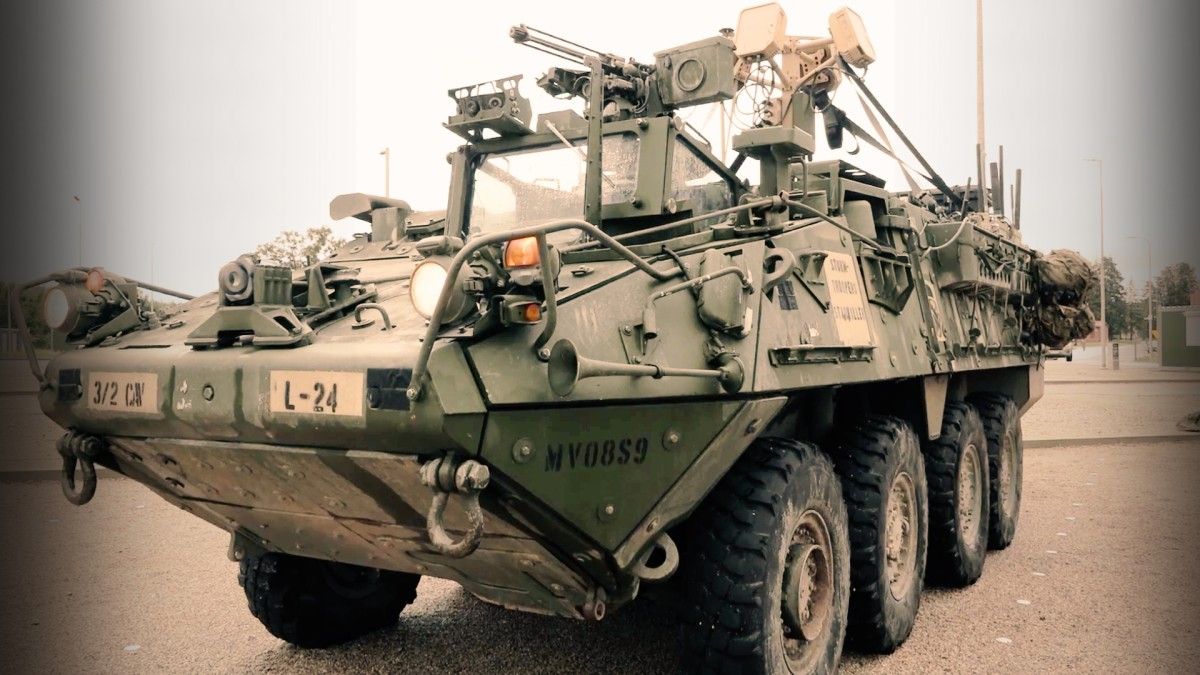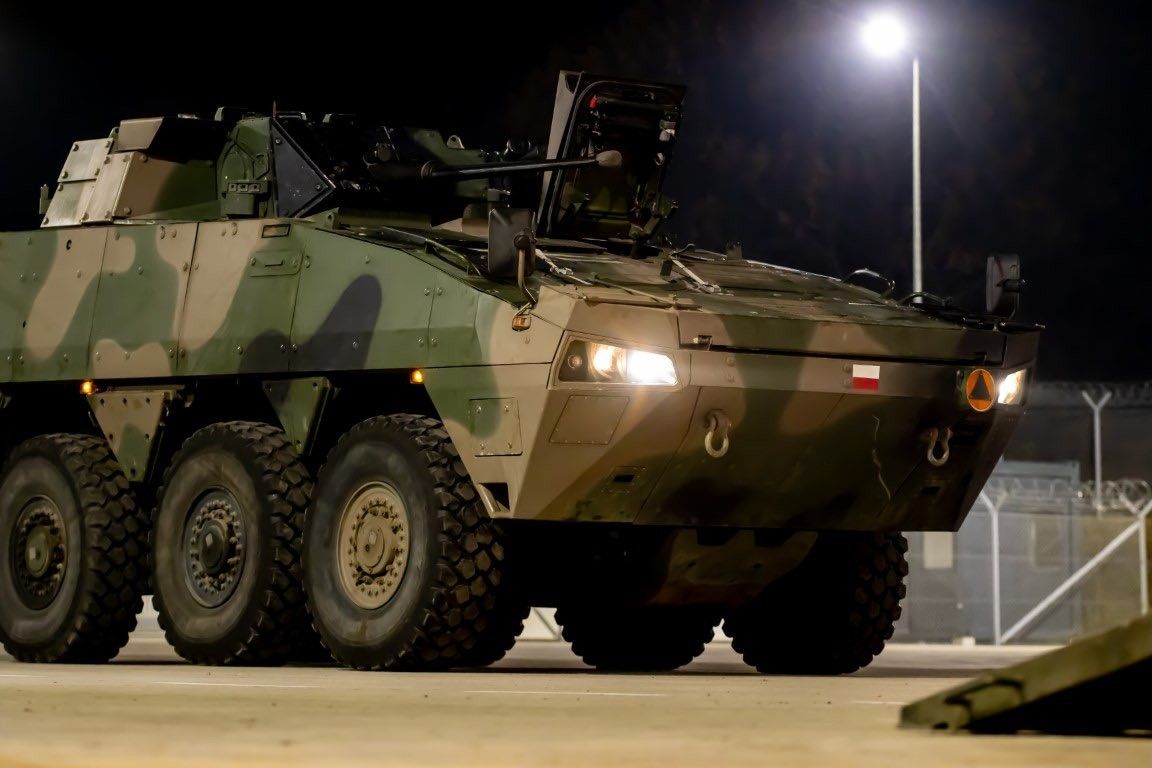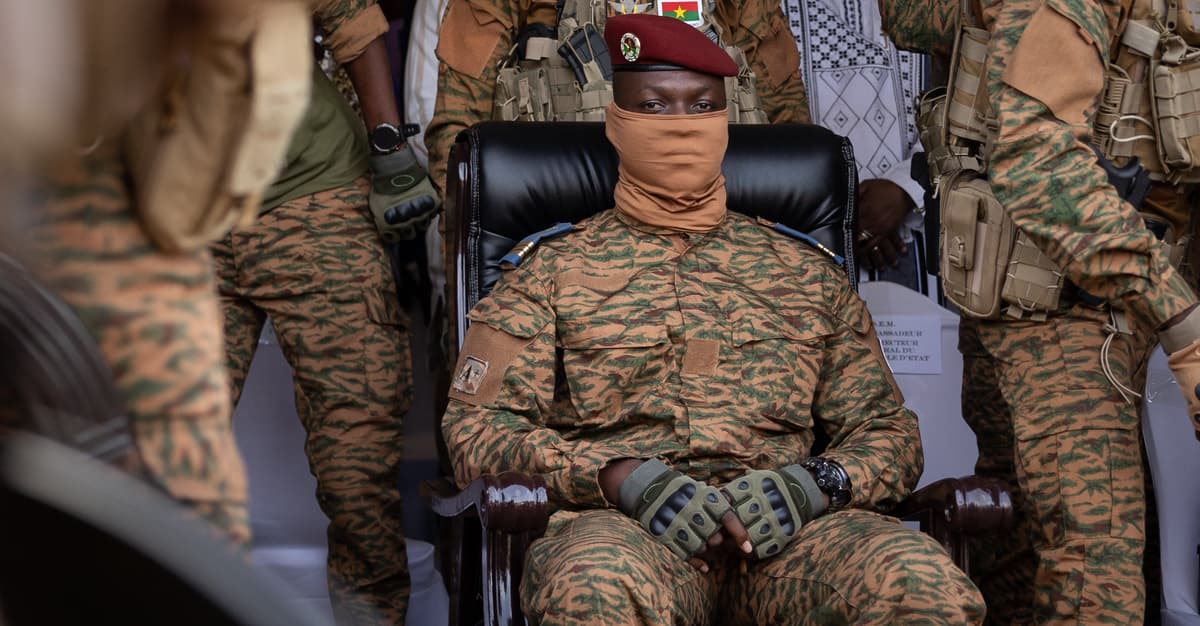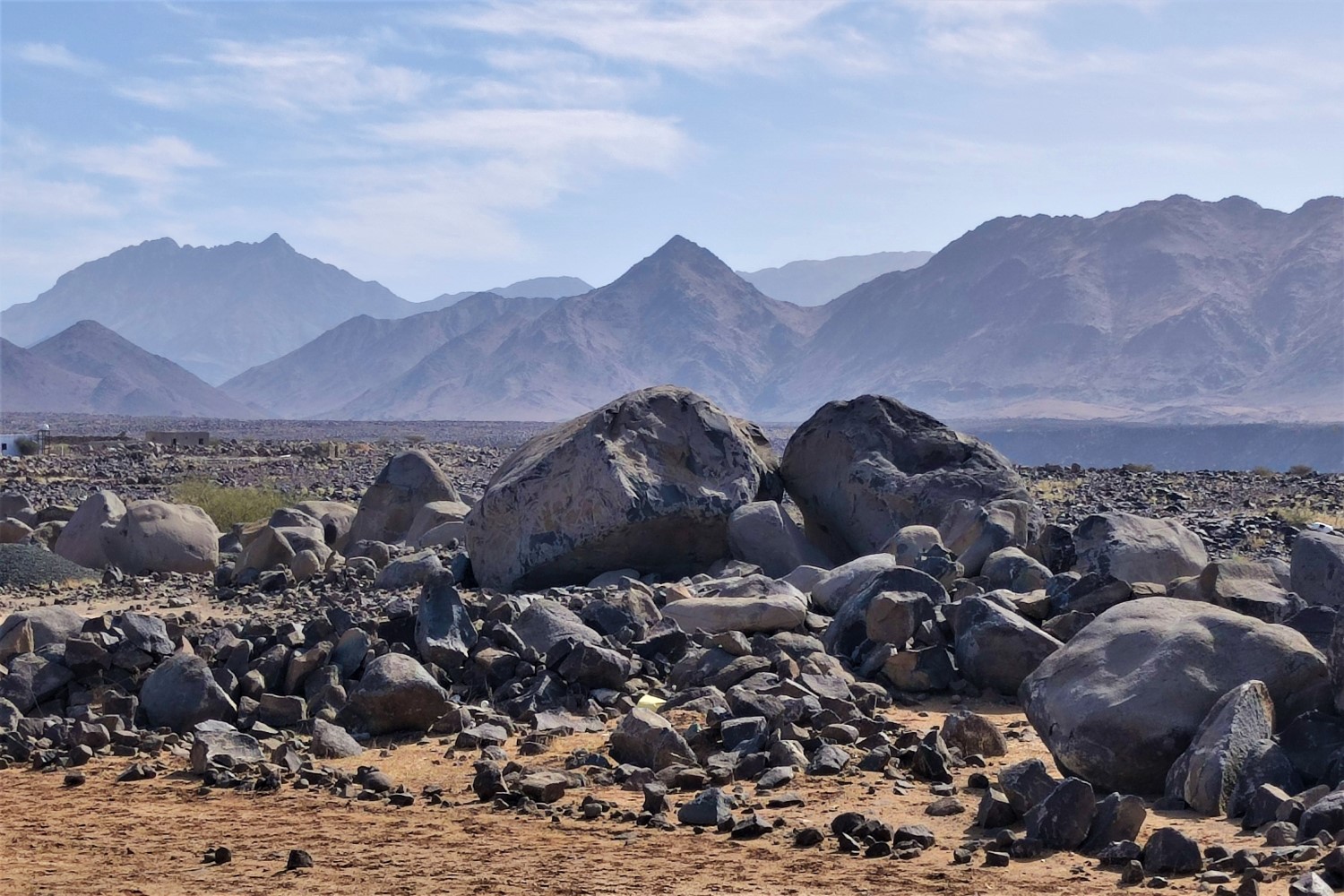The chopper stands in a suspension over a drifting anchor mina, carried by divers jumping to the sea, installing an explosive device, and then being taken back on board – this was 1 of the episodes of the “Poseidon ‘25” exercise in Romania involving the 8th Coast Defence Fleet. It was an chance for them to check skills and equipment under fresh conditions.
The sailors of the pig fleet have had a busy time. At the turn of September and October, in just a fewer weeks, they took part in 2 exercises in the Black Sea. The first “Triton 2025” was organised in Bulgaria. It was attended by representatives of 8 NATO states. Poland was represented by miners from the 12th Tray Squadron, equipped with submarine Gavia. “We conducted our activities in the vicinity of Varna, both in the harbour and in the open sea”, explains Captain Bartłomiej Stępień, commander of the Polish group. The tasks of divers consisted mainly of mirroring the designated waters in search of the mines set under the surface. We were leaving for the sea of Gavia, who probed the seabed. Upon completion of the mission, the material collected by her was analysed by the operators. They showed objects that could with large probability be mines. Then the divers went under, and their task was to yet confirm these indications," explains the officer. The mines were yet neutralized. However, this was no longer done by Poles. “The finds were blown up by Bulgarians and Americans,” informs Captain Mar. Tension.
Meanwhile, Bulgarian exercises were in a sense just a playoff for the Poseidon ‘25’ maneuvers, which was organised by the Romanian Navy. At the beginning of October, 800 sailors and soldiers from the 12 States of the Alliance operated in the port of Konstanca and in its territorial waters. The list of participants included the USA, UK, Canada, Sweden, Greece and the Netherlands. 10 ships to combat mines went out to sea, 8 of them were launched by hosts, 1 by Bulgaria and Turkey, while the Natov Naval Force Alliance Command MARCOM and the Allied Centre of Excellence in Mine Prevention (NATO NMW COE) were active in the exercise. Poles besides joined Poseidon. “The task was attended by miners divers from the 12th and 13th Trawler Division, AUV Gavia operators and staff officers liable for planning and coordinating mine activities,” states Captain Mar. Łukasz Koziarski from press office 8 FOW. Here, too, sailors searched for mines with Gavia. In addition, however, they had the chance to face tasks that they do not execute all day. – 1 of the episodes assumed an approach to a model drifting in the sea of mines – Captain Mar recalls. Tension. Sailors dressed in dive suits jumped out of a helicopter, mirrored the find, installed explosives, and were yet dragged back on board. In another exercise episode they had to deal with an unidentified drone that fell into the sea. specified experience, as the diver emphasizes, can be peculiarly useful in the context of fresh events. Several unarmed unmanned workers have already fallen into Poland. According to all probability, they were sent by Russians, who test NATO's air defence systems. “So far specified incidents have occurred on land. But who can warrant that 1 day the drone won't fall into even the port approach. If that happens, we'll gotta take care of him – the officer admits.
After Russia's full-scale invasion of Ukraine, the Turkish Straits were closed to ships. So as far as NATO is concerned, in the Black Sea, only vessels belonging to the navy of Romania, Bulgaria and Turkey operate. However, sailors from another regions effort to practice with them as much as possible. Especially since fresh challenges arose with the outbreak of the war. For example, the threat of anchor mines, which pose both Russians and Ukrainians, has increased. These loads, under the influence of the weather, frequently break from their homes and drift freely. any time ago, 1 of them exploded in a collision with a Romanian trawler. Fortunately, it was without casualties. Exercises in the Black Sea are frequently targeted at these kinds of threats, although of course not only.
“Triton” and “Poseidon” have created an chance for us to test our skills and equipment in completely fresh conditions.” Tension. “There is different visibility in the Black Sea than in the Baltic Sea, different salinity, which is peculiarly crucial in the context of the usage of Gavia. Romanians and Bulgarians besides have specified vehicles. So we could exchange observations and experiences. I think that any of their solutions could be transferred to us, and vice versa. specified a close-up is crucial due to the fact that as NATO members we request to get to know each other, we request to strengthen our ties, in order to act together as effectively as possible if necessary," he concludes.

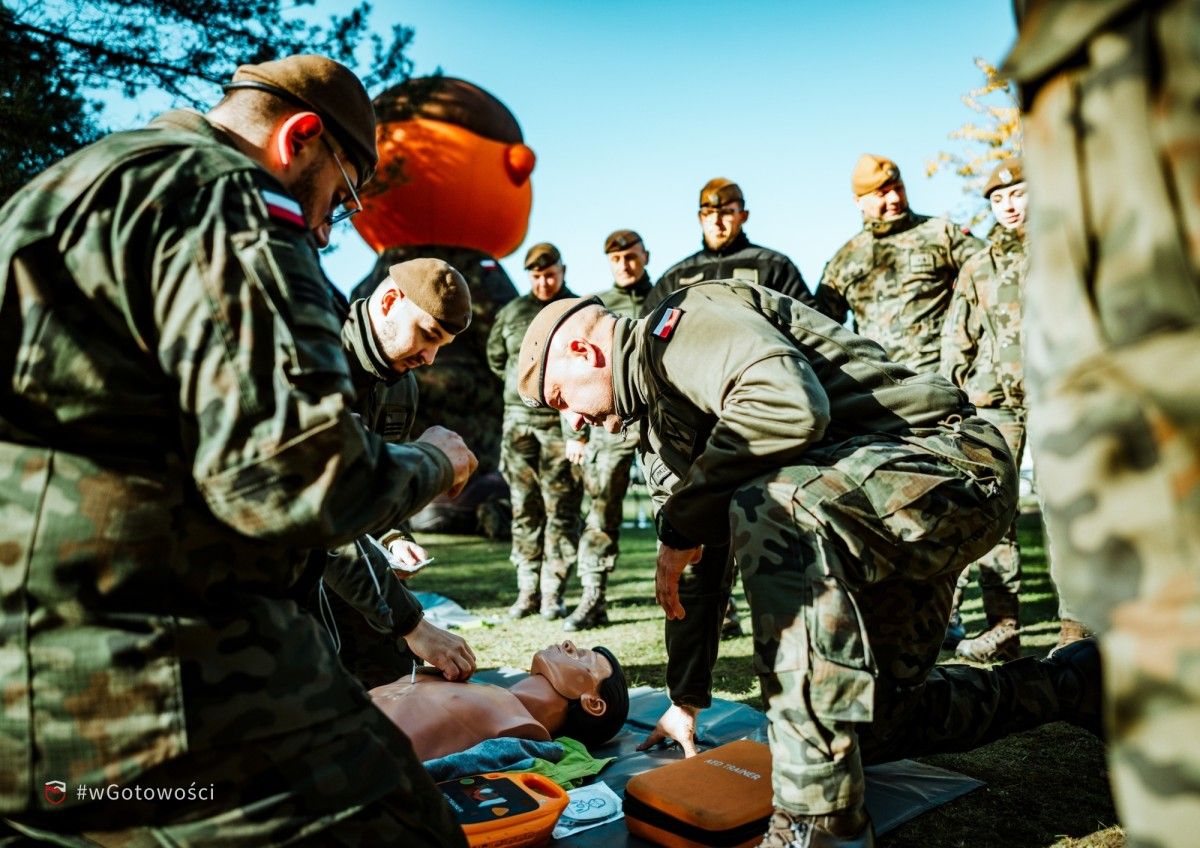
![Orka z Francji? Szeroka oferta ze znakami zapytania [OPINIA]](https://cdn.defence24.pl/2025/11/14/1200xpx/7nAQoGXeUh00jCOcSabF7nphHIZQGA1C1Jvtqj1J.ratk.jpg)
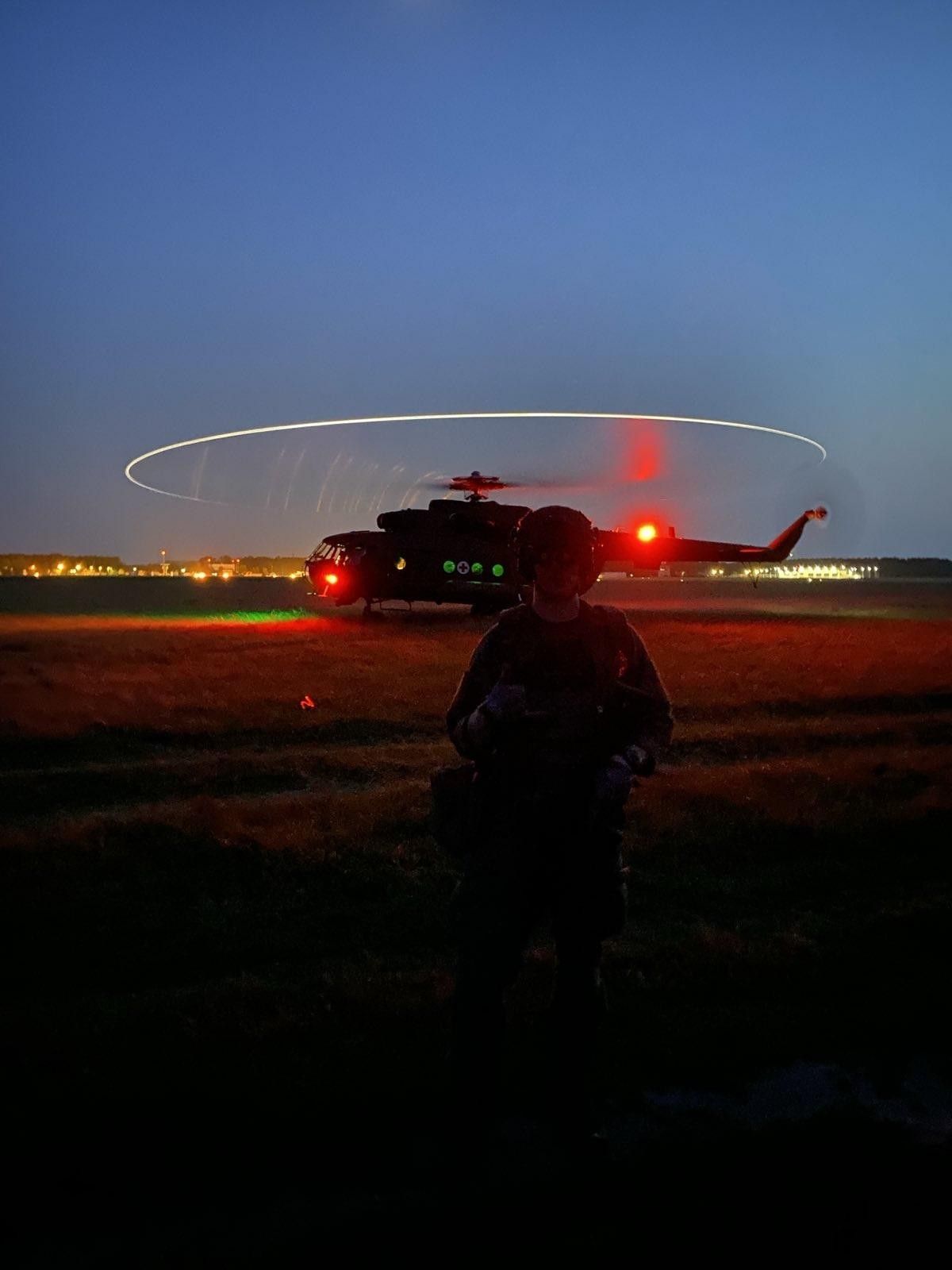
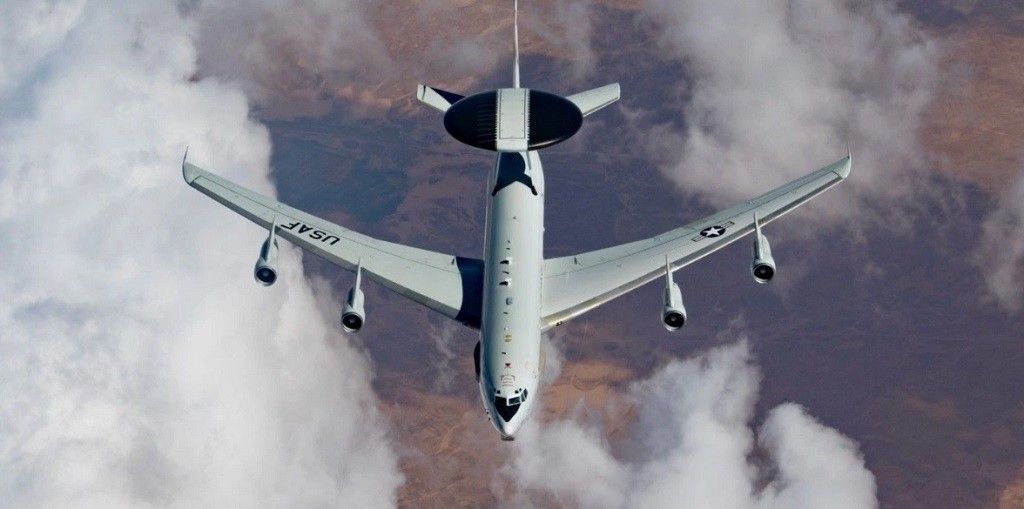
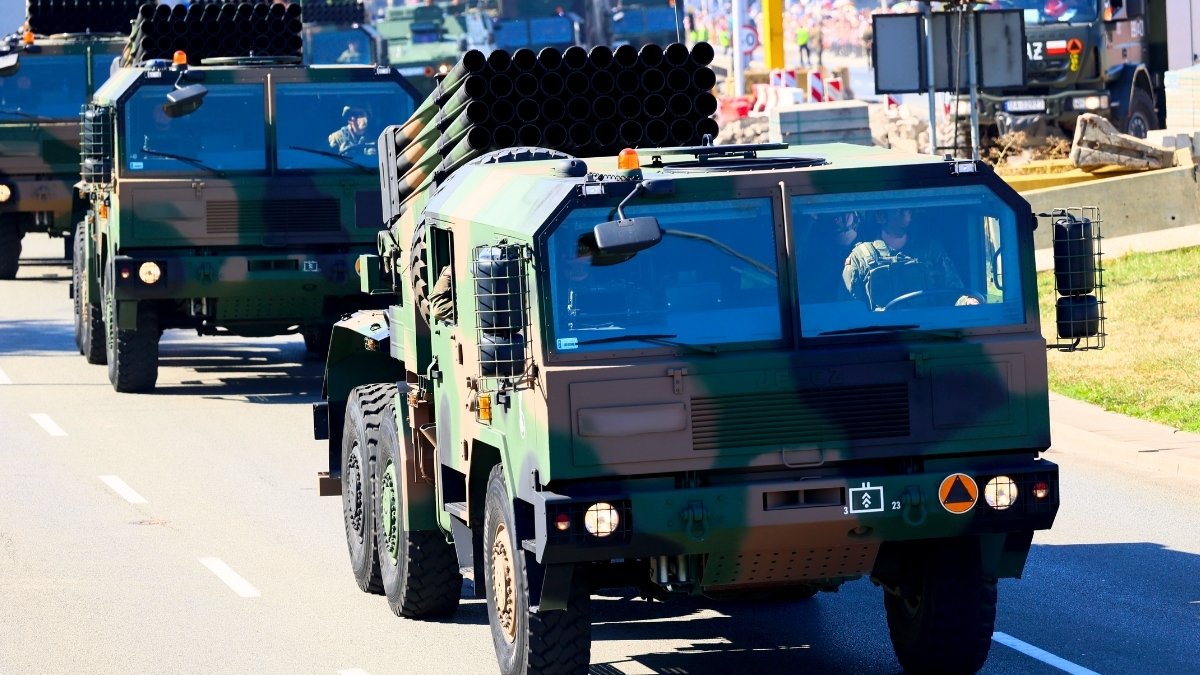
![Najwyższy w Siłach Powietrznych wskaźnik wykonania misji ma … FA-50GF [wideo]](https://zbiam.pl/wp-content/uploads/2025/11/f1-1.jpg)
